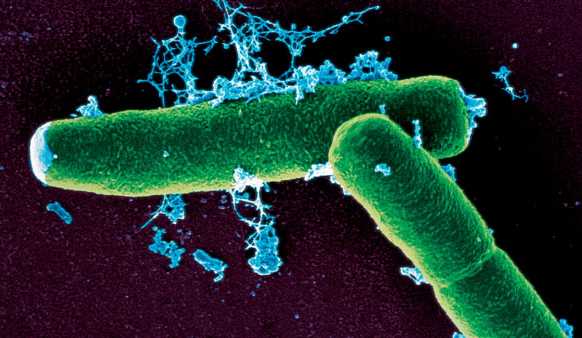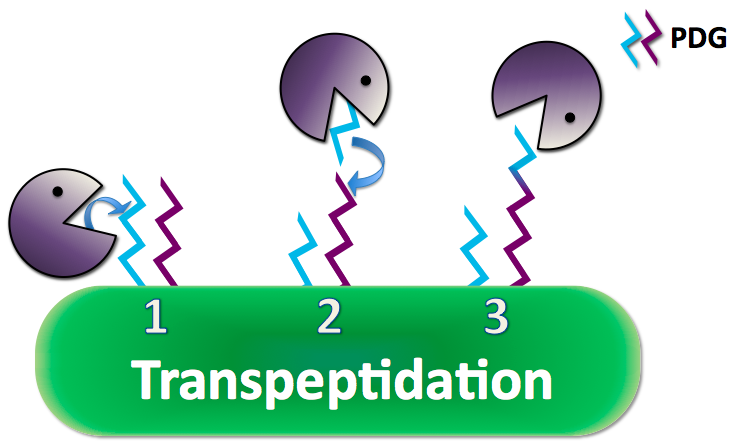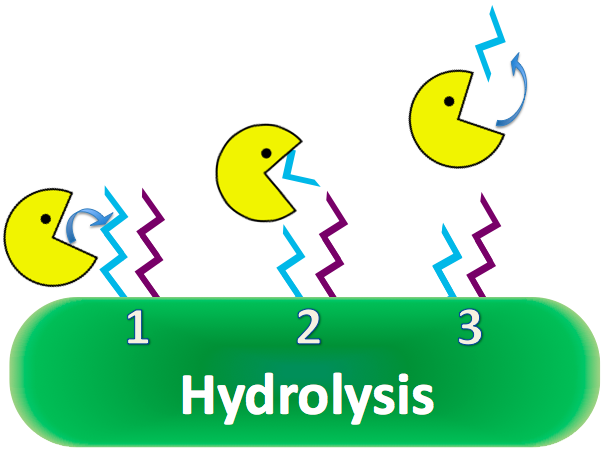Team:Washington/Gram Positive
From 2010.igem.org
(→Anthrax still poses a major threat) |
(→Anthrax still poses a major threat) |
||
| Line 35: | Line 35: | ||
Anthrax is a lethal disease caused by the bacterium ''Bacillus anthracis'', which can spread by ingestion, inhalation, or cutaneous lesion contact of spores. This disease is not contagious, cannot be transferred from an infected organism, though bacterial spores can be transported in a multitude of ways and will infect potential victims.[[#References | [1]]] | Anthrax is a lethal disease caused by the bacterium ''Bacillus anthracis'', which can spread by ingestion, inhalation, or cutaneous lesion contact of spores. This disease is not contagious, cannot be transferred from an infected organism, though bacterial spores can be transported in a multitude of ways and will infect potential victims.[[#References | [1]]] | ||
| - | ''Bacillus anthracis'' is found in two forms: spore and vegetative. Spores of ''Bacillus anthracis'' are extremely resilient, remaining potent even after enduring the harshest climates for centuries. After spores successfully infect an organism, ''Bacillus anthracis'' changes to its vegetative state and begins growth and reproduction. The vegetative state is the source of the anthrax disease. If the vegetative state is exposed to oxygen, it immediately changes to the spore form, becoming infectious once again.[[#References | [ | + | ''Bacillus anthracis'' is found in two forms: spore and vegetative. Spores of ''Bacillus anthracis'' are extremely resilient, remaining potent even after enduring the harshest climates for centuries. After spores successfully infect an organism, ''Bacillus anthracis'' changes to its vegetative state and begins growth and reproduction. The vegetative state is the source of the anthrax disease. If the vegetative state is exposed to oxygen, it immediately changes to the spore form, becoming infectious once again.[[#References | [1]]] |
=='''Capsule Depolymerase (CapD): == | =='''Capsule Depolymerase (CapD): == | ||
Revision as of 23:46, 20 October 2010
Anthrax still poses a major threat, and we have a way to kill it
Anthrax still poses a major threat
Anthrax is a lethal disease caused by the bacterium Bacillus anthracis, which can spread by ingestion, inhalation, or cutaneous lesion contact of spores. This disease is not contagious, cannot be transferred from an infected organism, though bacterial spores can be transported in a multitude of ways and will infect potential victims. [1]
Bacillus anthracis is found in two forms: spore and vegetative. Spores of Bacillus anthracis are extremely resilient, remaining potent even after enduring the harshest climates for centuries. After spores successfully infect an organism, Bacillus anthracis changes to its vegetative state and begins growth and reproduction. The vegetative state is the source of the anthrax disease. If the vegetative state is exposed to oxygen, it immediately changes to the spore form, becoming infectious once again. [1]
Capsule Depolymerase (CapD):
Capsule Creator and Destroyer
Anthrax creates a poly-γ-D-glutamate (PDG) capsule which prevents the immune system from recognizing it as a pathogen and performing phagocytosis to eliminate the threat[Reference]. Researchs have shown that adding the enzyme capsule depolymerase to anthrax naturally, anthrax excretes a long strand of PDG and uses its CapD to cleave and anchor the PDG to its peptidoglycan, the outer coat of the cell membrane, as a protective capsule[Reference]. CapD can also cut and release its capsule into small pieces that can interfere with the immune responses.
Potential Weapon against Anthrax
Research based on a guinea pig model (Scorpio et al, 2010) shows overexpression of CapD will destroy the capsule, removing anthrax's immunity to phagocytosis. CapD is naturally a transpeptidase, favoring reactions with amino acids to cleave PDG. However, CapD would be invaluable as a hydrolase, reacting efficiently with water, because of high water content in the human bloodstream. If a mutant CapD could be engineered as an extremely efficient hydrolase, it is theorized that a single dose of concentrated CapD into the blood stream would easily decimate anthrax populations, nullifying its lethal properties.
References
1. Lucey DR, Anthrax. In: Goldman L, Ausiello D, eds. Cecil Medicine. 23rd ed. Philadelphia, Pa: Saunders Elsevier; 2007:chap 317.
 "
"




